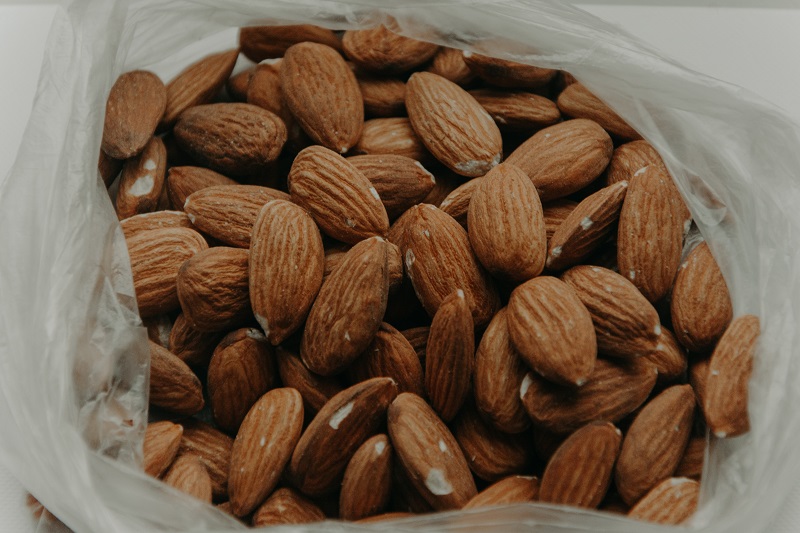War Declared On European Grapevine Moth
The California Department of Food and Agriculture is preparing to treat the rural Del Rey area southeast of Fresno as part of the ongoing effort to control the European grapevine moth (EGVM).
In a press release issued today, the CDFA stated that its first choice for treatment is fruit removal from grapevines. If property owners would prefer otherwise, the second choice would be ground treatment with the organic compound Bt, or bacillus thuringiensis, a naturally-occurring extract from bacteria. Either option will control EGVM on the properties and greatly reduce the risk of spread to commercial vineyards.
Approximately 16 properties in the area have been designated for treatment. They all contain grapevines, which are the only EGVM host plant that will be treated.
Fruit removal activities are scheduled to begin in the Del Rey area this week. If property owners choose Bt instead, treatment would occur next week. An informational open house to discuss the program is scheduled for Friday, June 25, from 5-7 pm, at the Fresno County Department of Agriculture Building, West Wing Conference Room – 1730 S. Maple Ave. Fresno CA.
The European grapevine moth has been detected in seven California counties: Fresno, Merced, Monterey, Napa, Sonoma, Solano and Mendocino. The pest is known to occur in southern Asia, Japan, Europe, North Africa, Anatolia, the Caucasus and in South America. It primarily damages grapes, but has also been known to feed on other crops and plants.
The EGVM larvae, not the adult moths, are responsible for the damage to grapes. Larvae that emerge early in the spring feed on grape bud clusters or flowers and spin webbing around them before pupating inside the web or under a rolled leaf. If heavy flower damage occurs during this first generation, the affected flowers will fail to develop and yield will be reduced.
Second-generation larvae chew into the grapes to feed before pupating in the clusters or in leaves. Larvae of the third generation — the most damaging — feed on multiple ripening grapes and expose them to further damage from fungal development and rot. These larvae overwinter as pupae in protected areas such as under bark, and emerge as adults the following spring.










